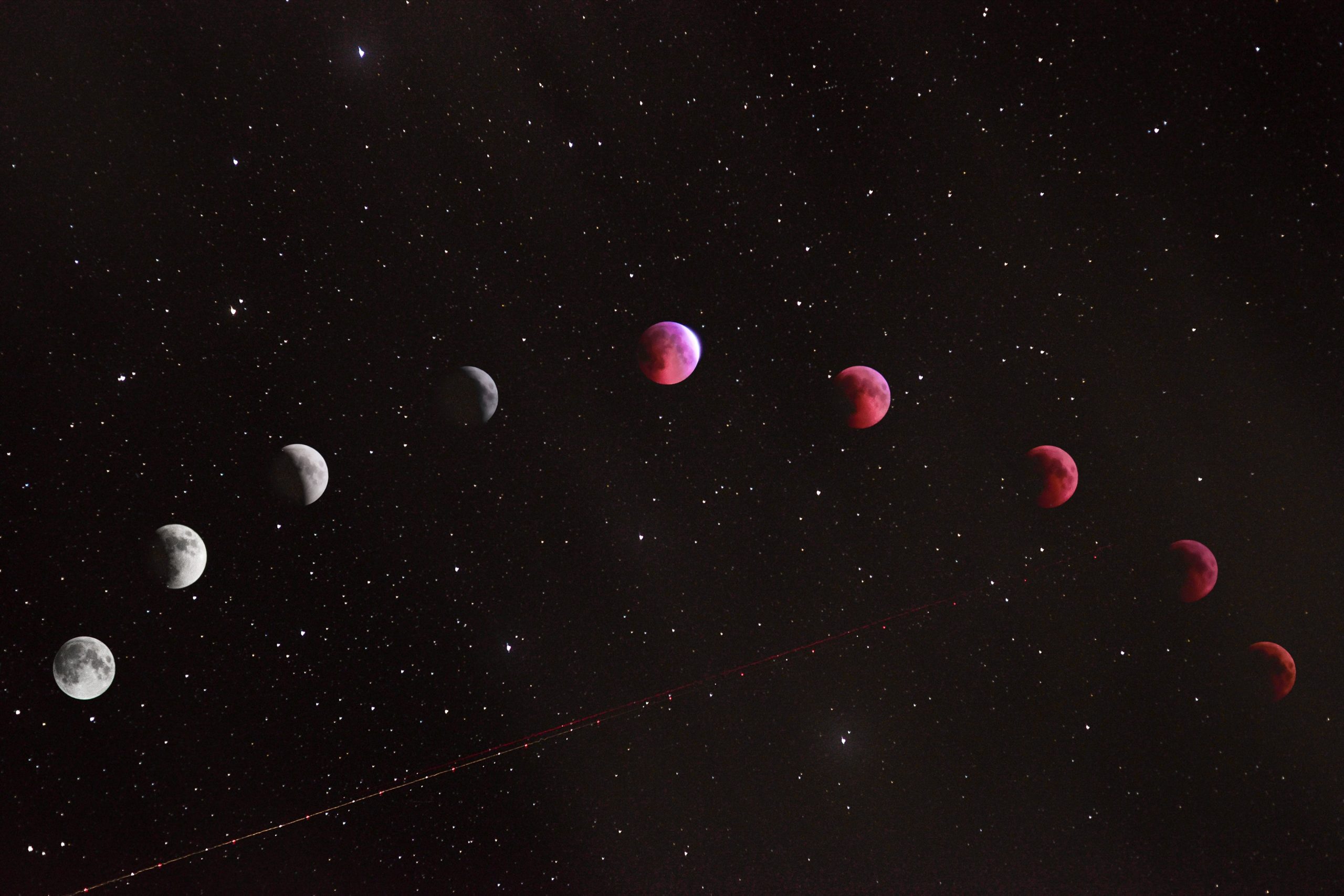Natal Chart Interpretation Guide: Unlocking the Secrets of Your Birth Chart
Welcome to our comprehensive guide on natal chart interpretation! Your birth chart, also known as your natal chart, is a celestial snapshot of the planets’ positions at the exact moment you were born. This powerful tool provides deep insights into your personality, strengths, weaknesses, and life lessons. In this guide, we will walk you through the process of interpreting your natal chart in a detailed and meaningful way.
Understanding the Natal Chart
Before delving into the interpretation process, it is essential to understand the components of a natal chart:
The Zodiac Signs (Sun, Moon, and Rising Signs)
The Sun, Moon, and Rising signs are three fundamental components of your natal chart that strongly influence your personality.
The Sun sign represents your core essence, your ego, and the primary focus of your life. It determines your general characteristics and how you express yourself.
The Moon sign represents your emotional nature, instincts, and instincts. It reveals how you react to emotional situations and how you seek comfort and security.
The Rising sign, also known as the Ascendant, represents your outward personality and the impression you make on others. It plays a significant role in how you interact with the world.
The Planets
The planets in your natal chart describe specific themes and energies in your life. Each planet has a unique influence on different aspects of your personality and life experiences. Here is a brief overview of the planets:
| Planet | Associated Energies |
|---|---|
| Sun | Identity, self-expression, vitality |
| Moon | Emotions, instincts, subconscious |
| Mercury | Communication, intellect, learning |
| Venus | Love, beauty, pleasure |
| Mars | Action, energy, passion |
| Jupiter | Expansion, growth, abundance |
| Saturn | Responsibility, discipline, structure |
| Uranus | Originality, innovation, change |
| Neptune | Imagination, spirituality, intuition |
| Pluto | Transformation, power, regeneration |
Aspects
Aspects refer to the geometric relationships between the planets in your natal chart. They reveal the dynamics and interactions between different energies in your life. Some common aspects include conjunctions, oppositions, squares, and trines. Each aspect has its unique effect, ranging from harmonious to challenging.
Interpreting Your Natal Chart
Now that you have a basic understanding of the components of a natal chart, let’s dive into the interpretation process. Here are the steps to follow:
Step 1: Generate Your Natal Chart
To interpret your natal chart, you will need to generate it based on your birth date, time, and place. Several websites and astrology software can help you create your natal chart accurately.
Step 2: Identify Your Core Components
Start by identifying your Sun, Moon, and Rising signs. These three elements form the foundation of your personality.
Look up the interpretations for your Sun, Moon, and Rising signs in astrology resources or books. These interpretations will provide you with a better understanding of your core qualities, needs, and how you relate to the world.
Step 3: Study Your Planet Placements
Next, study the placement of each planet in your natal chart. Consider the zodiac sign it resides in and the house it occupies. The sign determines the energy of the planet, while the house represents the area of life where that energy is expressed.
For example, if your Mercury is in Virgo in the 10th house, it suggests that your communication style is analytical and meticulous, and you may excel in career areas requiring attention to detail.
Step 4: Analyze the Aspects
After examining the individual planet placements, analyze the aspects between them. Look for patterns and connections that emerge, such as planets forming a grand trine or a challenging T-square.
Harmonious aspects indicate strengths and opportunities, while challenging aspects reveal areas of tension and potential growth. Consider how the energies of the planets involved interact and influence one another.
Step 5: Seek Professional Help
If you are new to astrology or want a more in-depth analysis, consider consulting with a professional astrologer. They can provide valuable insights, answer specific questions, and offer a more nuanced interpretation of your natal chart.
Conclusion
Interpreting your natal chart is a fascinating and enlightening journey. By understanding the significance of the zodiac signs, planets, and aspects, you can unlock a wealth of knowledge about yourself and the underlying forces that shape your life.
Remember, astrology is not deterministic but offers guidance and self-awareness. Your birth chart is a blueprint, showcasing your potential and the choices you make along your life path. Embrace the insights it provides, and use them as a tool for personal growth, empowerment, and self-discovery.
Happy chart interpretation!
Table of Contents
